Garage hacks? I’ll bet everyone reading this has their own examples—things that fix targeted issues without spending a large amount of cash on specialized tools or apparatuses. Those fixes might be homemade or modified hand tools, an inexpensive tool that really works, shop equipment, or a unique process to make something happen. I’ll also bet some of those hacks end up becoming so engrained in your work habits, you really don’t need to buy a specialized tool in order to get the job done.
Honestly, I’m just like the rest of you when it comes to effective hacks—they’re part and parcel of hot rodding and often end up becoming the means to “get ‘er done!”
In keeping with those “get ‘er done” problem solvers, I’ll share ten of my own garage tool/equipment/procedure hacks. There are certainly more exotic ways to do things, but these low-buck hacks work for me. After all, someone much smarter than me has said that necessity is mother of invention.
10 Easy Garage Tool Hacks
***
1. SOCK IT TO ‘EM
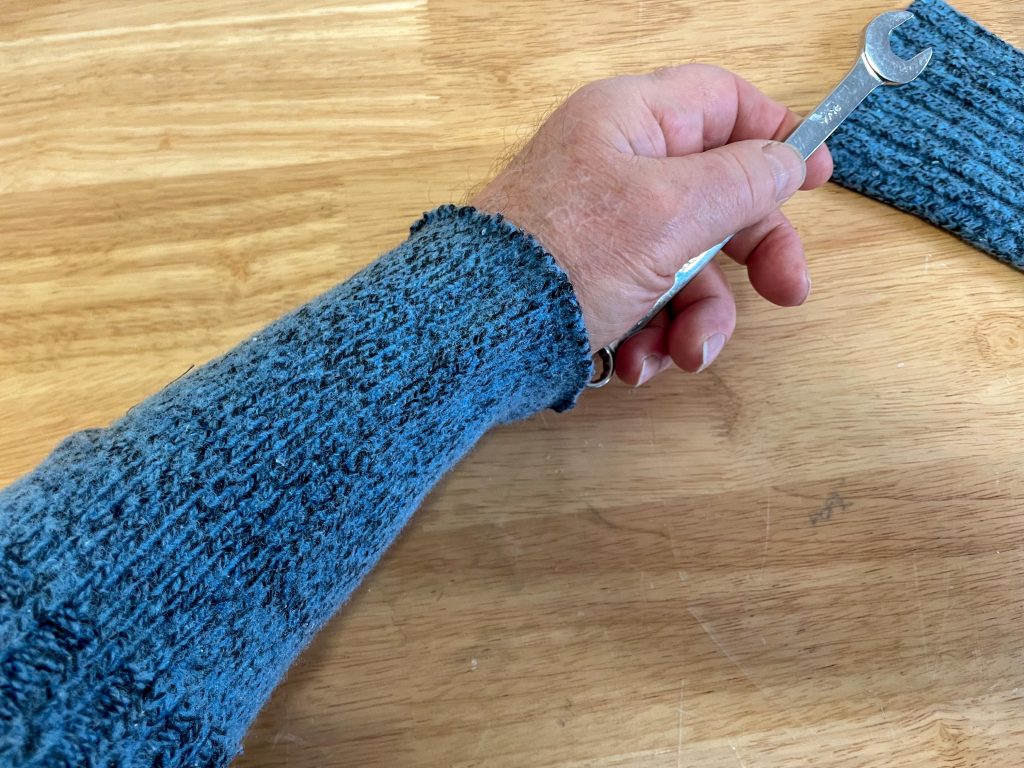
There a lot of places on a lot of cars where you can tear up your skin. For me, I typically work in standard hot rod apparel—blue jeans and a black t-shirt. But my car (like so many others I’m sure) has locations where components are tight and there’s stuff (usually with sharp pointy bits attached) that gets in the way. One spot for me is ahead of the starter on my Nova. I usually tear myself up on something (like the end of a suspension cotter key). The fix here is to take an old pair of heavy winter socks and slice open the toe. The result is a great protective temporary sleeve for my arm.
Another troublesome spot in my car is gaining access to Number 7 spark plug. It’s tight and the sleeve is just too bulky. My fix? Just tape a rag over the offending sharp objects.
***
2. FREE FINGERS
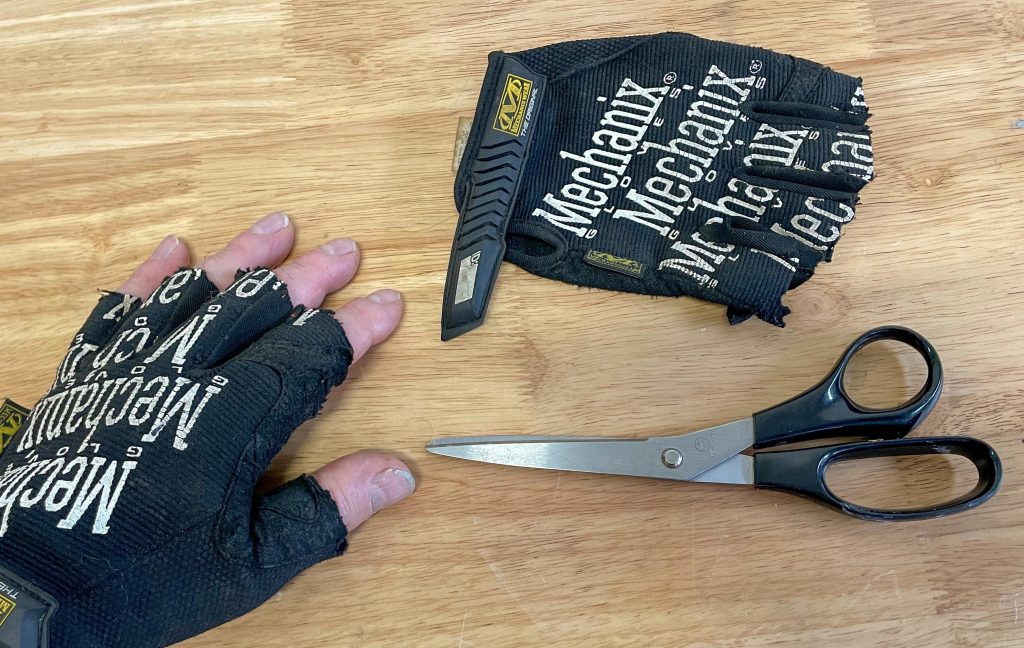
I’ve mentioned this before, but it’s worth repeating. I tend to use mechanic’s gloves in the shop. But there are places where even the tight fitting high dexterity gloves don’t quite work. My fix is pretty simple: I slice off the end of the fingers and thumb(s) of a well-used set of mechanic’s gloves. The fingerless gloves still offer more than protection than bare hands, but I’m left with wonderful finger dexterity.
***
3. REAL HACK JOB

It’s not that difficult to break a hacksaw blade. And in some cases, a regular hacksaw frame is just too cumbersome to work in tight quarters. The solution is an inexpensive mini-hacksaw.
Once you use one, you’ll wonder why you never had one sooner.
***
4. THIRD HAND

I regularly use tape as a third hand in my shop. It has all sorts of uses, but one place where it really rocks is to temporarily hold a gasket. It works on intakes if you’re test fitting it. Tape on a gasket really (Really!) works well on header gaskets too, especially if you have headers with split flanges and slip together connections. With headers, once a couple of end bolts are partially started you remove the tape.
***
5. FAUX MILL

I don’t have a mill in my shop. But if I need to shape something that requires more than a few hands (and tape won’t work!), I simply clamp an electric drill in my bench vice with a couple of boards for support. With the drill turning a rotary file bit, I can perform the shaping operation with two hands. On a similar note, should you need to finish off the ends of small sections of tubing, you can also chuck the tubing directly in the drill, allow it to spin and finish the end with a fine file or sandpaper.
***
6. STEP SAVER
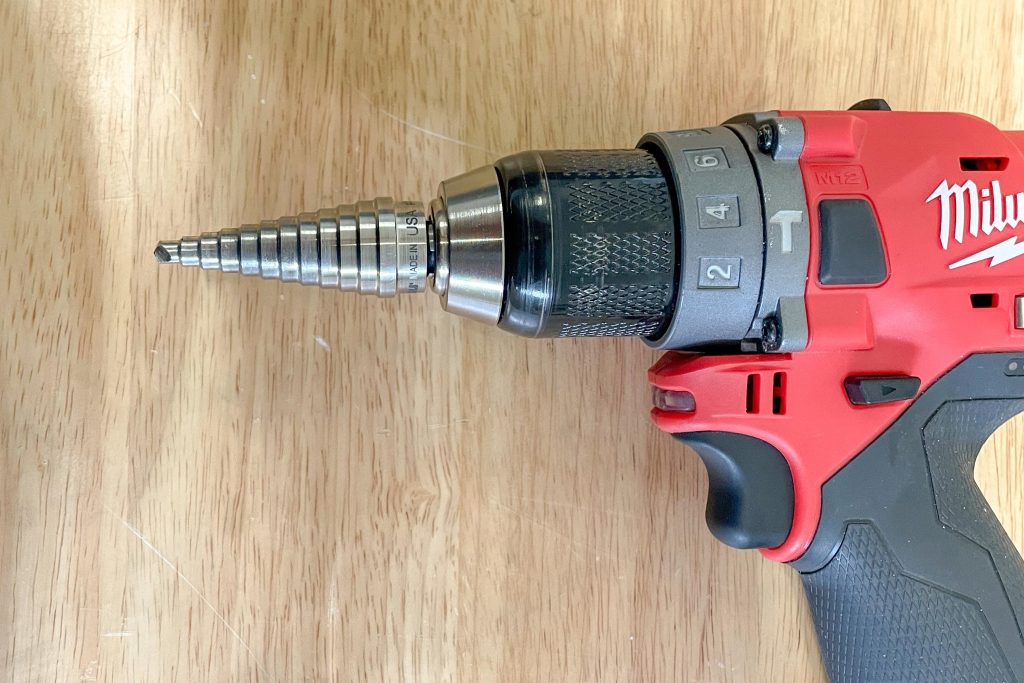
Drilling round holes doesn’t sound like a big deal—but it really is. If you start with a pilot hole and work your way up in drill sizes, chances are pretty good the hole will be oval by the time you’re done. There is a better way: To start I tape over where I want to drill the hole. Then I mark the spot and use a center punch to index the drill bit. At this point I drill a small pilot hole, drilling right through the tape. I step up to 1/4 or 5/16 inch hole next. To finish the hole, I use a step drill bit. The end result is a perfect round hole, and as a bonus, there’s little or no flash to deburr either.
***
7. FLATTER THAN A PANCAKE
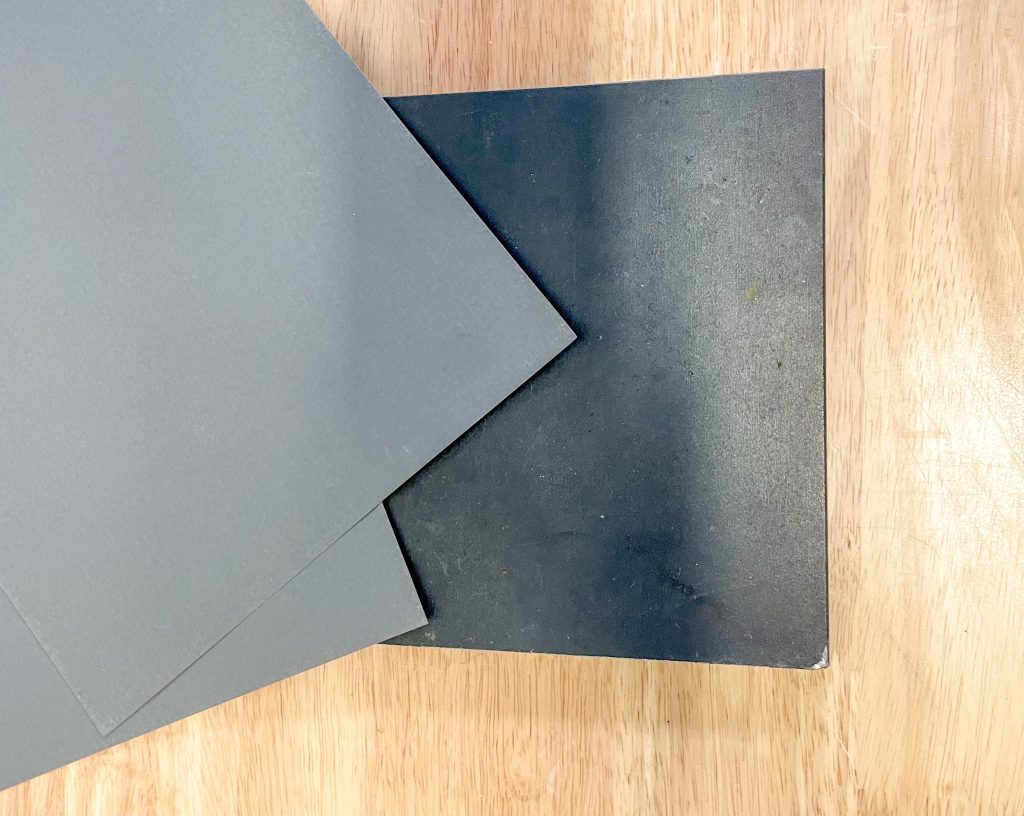
There are a lot of situations where you need to make something perfectly flat. What I have in my homemade garage hack arsenal is a section of half inch thick steel plate. If you wrap the steel plate with sandpaper, lay it on your work bench and draw the part in question over the sandpaper, you can make it perfectly flat.
***
8. PLUG STARTER
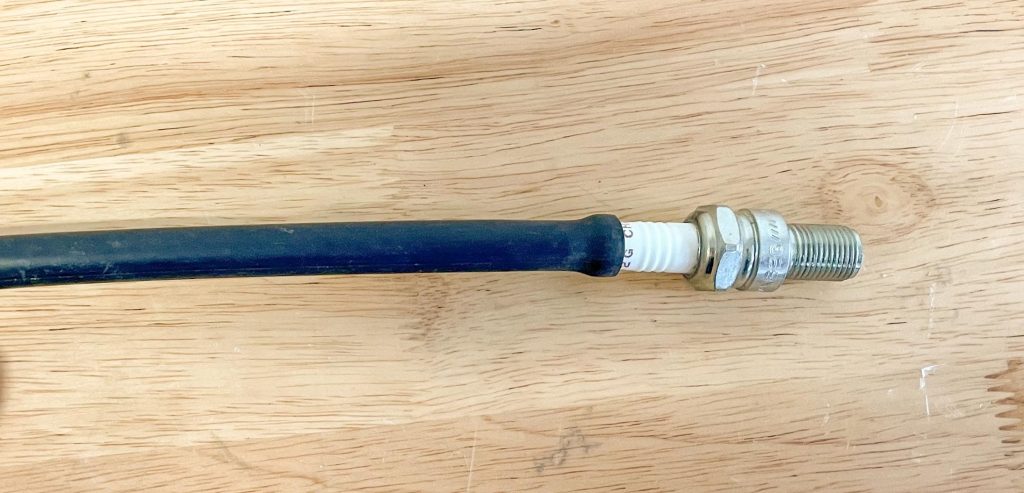
This is an ancient tip I keep using and re-using in my shop. It’s also worth repeating: If you have a troublesome spark plug location and you just can’t start the plug threads, try sliding a section of rubber hose over the end of the plug. The hose has some flex and of course, added length. Couple that with a non-slip surface and you can see how it can work to start problematic spark plugs.
***
9. FLUID FIX

Fluid spills can be a royal pain to clean up, especially if the adjacent areas prove tight and difficult to access (case-in-point: the top of an intake manifold). My fix is simple: I use a big plastic syringe to suck out the offending gas-oil-coolant. You can buy these big inexpensive syringes at SummitRacing.com, but mine came from the Vet. I had a dog that needed to take a measured amount of liquid meds orally. Once the pooch was healthy, we had no practical medical reason to have it. But it works just as well sucking up the fluid as it does dispensing it! The syringe became a new garage hack tool.
***
10. FAN DANGLED
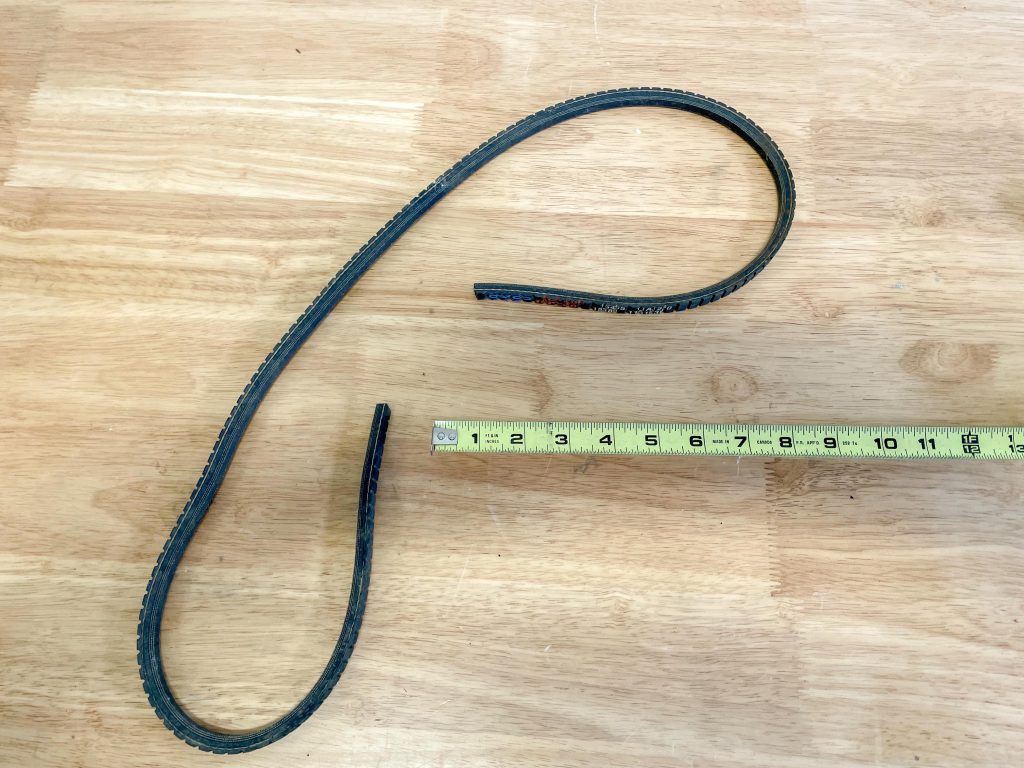
There are a lot of ways to measure a fan V-belt for a given application. You can use a special tool or string or this: I use a longer than normal V-belt so that it fits cleanly within the pulley grooves. The belt is cut so that you can wrap it all the way around and then mark off the length you need (a piece of chalk works). Remove and measure the exact length of the measured flattened out belt. Done.
***
I hope you can reciprocate and share some of your hacks with us? That could prove very interesting and we’re sure, very useful.

Comments